It’s been around for millennia, but not until a few decades ago has the American public become truly aware of the ancient healing art of qigong (pronounced “chee-gong”).
So just what is qigong?
Qigong is one of the four branches of traditional Chinese medicine (TCM), the other three being the more widely known acupuncture, herbal medicine and medical massage. According to Natasa Meyer, B Pharm, MQT, qigong originated in China between 5000 and 7000 years ago and was passed down through generations among monks and teachers. It has slowly made its way across the world to the west, and is now readily used for fitness and as part of integrative medicine.
What is the difference between qigong and medical qigong?
Qigong is a form of exercise involving movements that are usually repeated in a specific sequence, Meyer says. These movements are gentle and not usually strenuous. Besides improving both physical and mental well-being, they allow for better energy flow in the body, removing some blockages and stimulating fluid movement.
Medical qigong involves a therapist who is able to determine where and what kind of imbalances or blockages are present in the patient to bring the patient to homeostasis. In order to maintain the work done in the treatment and promote further healing, the therapist prescribes exercises specific to the patient’s particular condition.
Where and how do practitioners receive training in this country?
There are a few schools that offer training in medical qigong, but regulation and credentialing of practitioners is still a growing project. Meyer recommends asking the practitioner who works on you where they obtained their training and what level they obtained.
Meyer, who is also a working pharmacist, holds a master’s degree in medical qigong. She received her credentials from the International College of Medical Qigong, one of the major training/credentialing organizations in the U.S.
The International College’s levels of qualification are practitioner, therapist, master, and doctor of medical qigong—details can be found on their website, medicalqigong.org. The training includes clinical hours as well as clinical, practical and written exams that must be passed to obtain credentials.
With each higher level, more conditions may be treated. “Not only do these practitioners study for years, but their daily energy cultivation practice is essential,” Meyer observes.
How does qigong/medical qigong help in cancer treatment?
Put simply, when Qi (energy) does not naturally flow as it should, imbalance (disease) occurs. These imbalances could be stagnation, excess, deficiency, or direction of flow, and can occur for many reasons and at different severities. Sometimes environmental factors or emotional excess or insufficiency are involved.
“Cancer is basically a significant stagnation,” Meyer says. “When used with Western medicine treatment such as chemotherapy and radiation, medical qigong can give significant relief from the side effects. Addressing the root of the stagnation will further promote healing on a physical and spiritual level.”
Meyer finds Eastern and Western medicine to be complementary, and says there is a place for both. The main difference she sees is that Western medicine treats symptoms, while Eastern medicine looks for the root cause—symptomatic vs. causal treatment. She gives the example of extreme heartburn, where the western approach is to neutralize the acid with antacids or reduce its production with proton pump inhibitors, and the eastern approach is to seek out the root cause, such as stress, that started an imbalance and manifested physically as the heartburn.
Meyer has found that medical qigong treatments have helped not only the diagnosed patient, but also their family members. That’s because the cancer diagnosis doesn’t just affect the patient. “I’ve found that the family members have benefited from treatments, too, improving the support structure for the patient and the energy at home.”






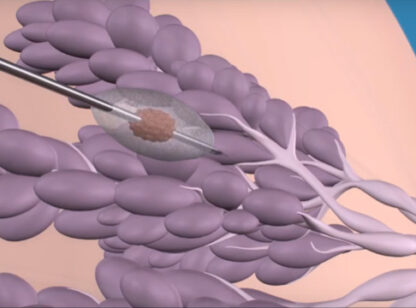
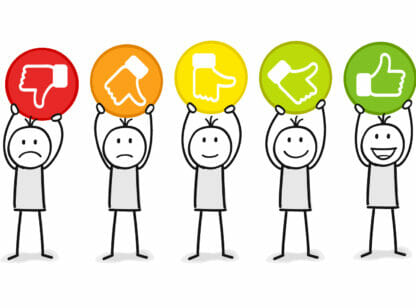
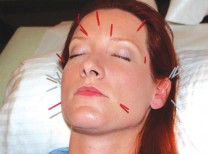
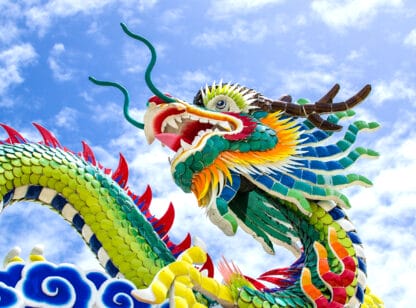
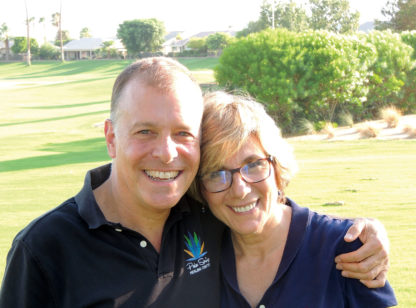
































Comments (3)
My name is Bruce Popejoy. I am an acupuncturist, licensed in Texas since 2000. I practice the 8 Brocades, standing medication and at times the microcosmic orbit and 6 healing sounds.
Four days ago someone I love was diagnosed with Stage 4 ovarian cancer. Her ovaries, spleen
and part of the stomach are going to be removed.
Do you know any Qi Gong styles I can teach her. Her movements will be limited for a while. I am heartbroken but optimistic.
Thank You
Bruce Popejoy L.Ac.
Bruce,
We are so sorry to hear this and delighted you hold out hope.
April’s contact info is no longer available to us, so I have forwarded to another Qigong Master in hopes that they will reply to your question.
With sincere appreciation ~
Lauren Del Sarto
Publisher
Desert Health
I just send an email. Wanted to add that we live in Guatemala.